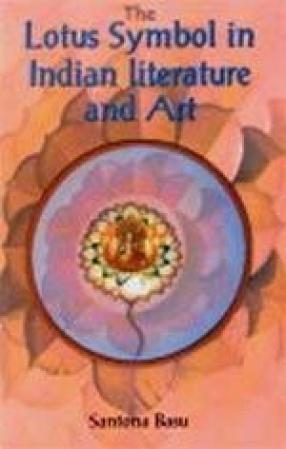The Lotus Symbol in Indian Literature and Art attempts to answer some of the queries regarding the symbolical meanings of the lotus flower. The quest for finding the root cause of this preference starts from the earliest books of the Indian literature, viz., the Vedas. To the Vedic people the lotus flower was a supernatural object and to give their supposition an aura of mystery myths were woven regarding its origin. The lotus flower came to be connected with Gods and Goddesses, with the theory of creation and in this process different symbolical meanings were attached to it. This trend pursues in the Buddhist art also. The Buddha is always shown as sitting or standing on an open lotus, a direct legacy from the Vedic period. But in the Buddhist period lotus plant with its flowers and leaves became predominantly a symbol of non-attachment to the worldly things.
The Lotus Symbol in Indian Literature and Art
In stock
Free & Quick Delivery Worldwide
reviews
Bibliographic information
Title
The Lotus Symbol in Indian Literature and Art
Author
Edition
1st ed.
Publisher
ISBN
817536288X
Length
104p., Illustrations; Plates.
Subjects





There are no reviews yet.